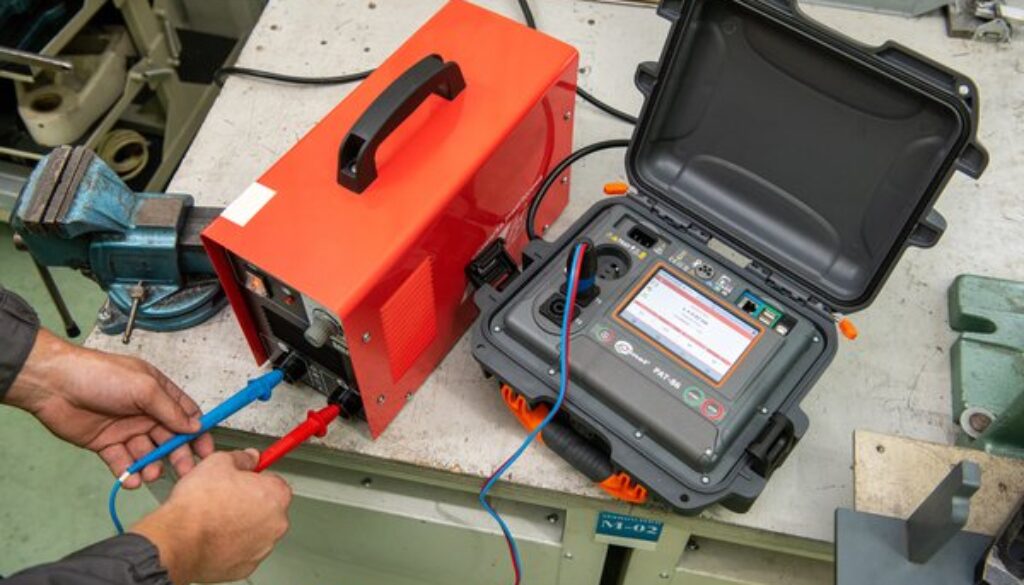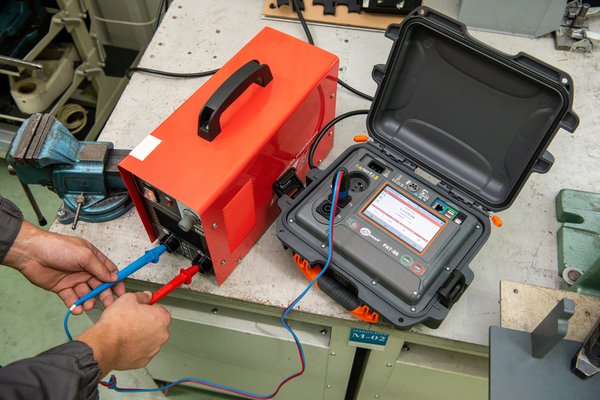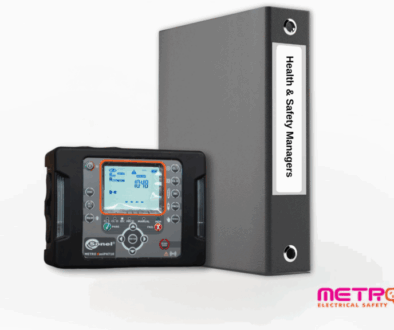Electrical Safety Rules In New Zealand

Electrical safety should be taken care of seriously, from homes and workplaces to public spaces, to prevent accidents and protect lives. In New Zealand, a set of standards and regulations rule electrical safety to ensure that installations, appliances, and systems follow safety requirements.

New Zealand follows strict electrical safety standards such as AS/NZS 3000:2018 and AS/NZS 3760:2010 to ensure the safety of its residents. Electricians and test and tag professionals play distinct yet complementary roles in ensuring the safety of electrical systems. The boundary between electrician and test and tag responsibilities is important for ensuring comprehensive electrical safety. Both roles contribute to the overall safety of electrical systems, but each of them focuses on different aspects of electrical structure.
Here’s a detailed explanation of their respective responsibilities and where their boundaries lie:
| Electrician Responsibilities | Test and Tag Responsibilities |
| Installation and Maintenance | Inspection and Testing |
| System Design | Tagging and Documentation |
| Repairs and Troubleshooting | Fault Identification |
| Compliance with Wiring Rules | Ongoing Safety |
The boundary between Electrician and Test and Tag Responsibilities
Installation vs. Equipment Safety – Electricians focus on the installation and maintenance part of the electrical structure, while test and tag professionals concentrate on the ongoing safety of individual electrical appliances and equipment.
System Design Vs. Equipment – Electricians design and execute the entire electrical systems, whereas test and tag professionals specialise in checking and testing individual devices within those systems.
Preventive Measures Vs. Reactive Measures – Electricians work on preventing hazards through proper installation and maintenance, while test and tag professionals adopt a more reactive approach to identify and address potential hazards in individual pieces of equipment. The electrician ensures that electrical installations comply with the relevant standards, such as AS/NZS 3000:2018 (Wiring Rules), to minimise the risk of electrical hazards. Test and tag professionals follow guidelines outlined in AS/NZS 3760:2010, conducting regular electrical safety testing to identify potential faults or hazards in specific devices.
Boundary Clarification
System-wide vs. Device-specific Focus – Electricians mainly focus on the entire electrical system, while test and tag professionals concentrate on individual devices inside the system.
Installation vs. Inspection and Testing – Electricians are responsible for the installation of the entire electrical structure and test and tag professionals focus on the post-installation inspection and testing of the parts of the devices.
Understanding and respecting these boundaries ensure that both electricians and test and tag professionals contribute effectively to an effective electrical safety strategy, covering both the infrastructure and individual devices.
After understanding the crucial roles of electricians and test and tag professionals, it’s time to strengthen your understanding of electrical safety. Check our test and tag courses or contact us for more questions.


